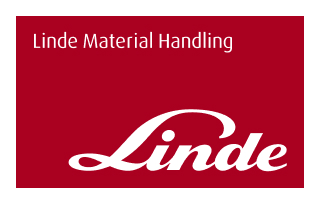- Blog
- News


Early this year Linde Australia introduced a new approach to the solutions it offers. Mr Pala, Managing Director of Linde Material Handling Australia, said that while many Linde customers use their material handling equipment as a core element of their business, such as in warehousing, logistics and as an aid to manufacturing, an increasing number do not.
We’ve categorised products to make choices simpler than ever and to help us provide solutions that meet both operational and commercial requirements. One look at our range will illustrate the scope and differences that KION is able to offer from a material handling perspective.
“That’s why we’re now identifying and introducing models for businesses which typically have lower intensity use of their material handling equipment, as a support to their operations,” he said. “As an example think of homewares retailers whose premises combine a showroom and an attached warehouse - a typically lower intensity forklift environment.”
To complement this new approach Linde reviewed its entire range and identified Value, Performance and Performance Plus characteristics and abilities.
Models specifically suited to lower demand applications were classified in the Value range and those designed for medium demand applications were categorised as Performance models. Models engineered for high demand applications fall into the Performance Plus category. The company claims its ability to know which is the ideal model for any given application can potentially save customers thousands of dollars.
This approach is refined even further by Linde’s forensic analysis and thorough understanding of the role of each piece of equipment with customer fleets.
“While other equipment suppliers might correctly identify a customer’s business as being a low, medium or high intensity environment, our specialist consultants are experienced in digging much deeper when it comes to equipment requirements,” Nino Pala explained.
“Without doing so it is all too easy to fall into the ‘one type fits all’ mistake, supplying equipment not really suited to individual roles within a fleet. Frankly that doesn’t serve the customer or supplier well in the long run.
The starting point of our approach is to recognise that there may be a mixture of low, medium and high demand forklift capability requirements within any given fleet or workplace. Our specialists can then specify precisely the appropriate model for every role. And that applies to small businesses as well as large enterprises.
“By adopting this simple approach when discussing MHE needs Linde can suggest solutions more closely aligned to business needs than ever before”, Nino Pala said. “It’s a new approach only possible and successful because of the strength and breadth of our product range.
“Let’s face it, customers in Australia have a wide choice of material handling equipment providers. However, from my perspective Linde stands alone with its full suite of material handling solutions for all customers large and small.
“Understanding the difference between price and value is important in any decision that we make but more so when it comes to material handling equipment. I believe Linde also gives customers the opportunity to choose a supplier that is a leader in productivity, safety and efficiency, a company committed to providing the best service within the industry.